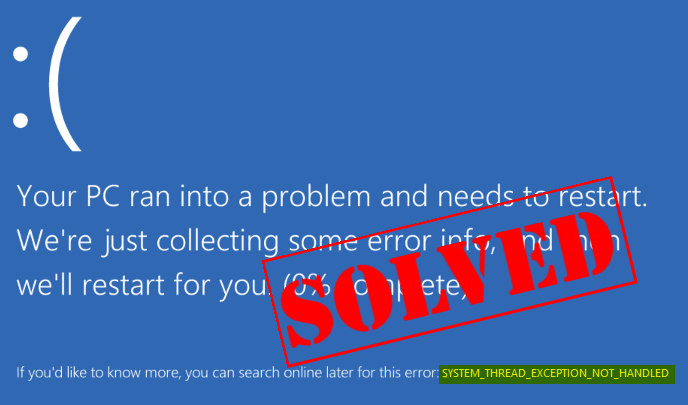
You turn on your PC, instead of seeing the loading screen, you see a blue screen with the error message SYSTEM THREAD EXCEPTION NOT HANDLED. Horrifying, isn’t it? But don’t you worry, we’re here to help.
Here are 3 methods for you to try. You may not have to try them all; just work your way down until you find the one that fixes the problem.
3 fixes for System Thread Exception Not Handled
- Update the driver that may cause the problem
- Check for BIOS update
- Confirm that any hardware installed is compatible with your Windows
1: Update the driver that may cause the problem
Faulty drivers can cause this error, especially faulty graphics card drivers.
You may see SYSTEM THREAD EXCEPTION NOT HANDLED followed by igdkmd64.sys. It’s commonly related to the Intel Graphics Kernel Mode driver, which is responsible for powering Windows Operating System.
If this driver is at fault, or have conflict with other drivers or programs, you can’t boot your PC. And what’s worse, you might have blue screen of death errors.

You can use Event Viewer to identify the driver that may cause the problem. Here is how:
1) On your keyboard, press the Windows logo key and R key at the same time to invoke the run command.
2) Type cmd and press Enter.
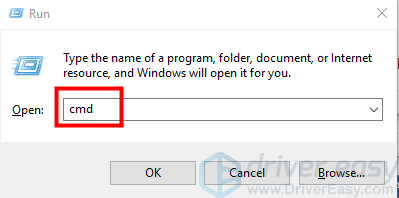
3) Type eventvwr and press Enter.
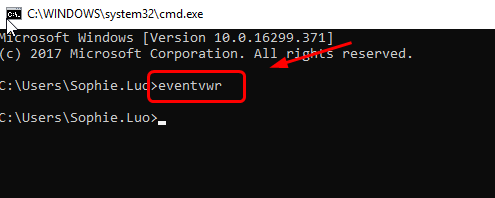
4) Expand Windows Logs, then click System.

5) Click the Source tab. You can now see what driver exactly is causing the System Thread Exception Not Handled error.
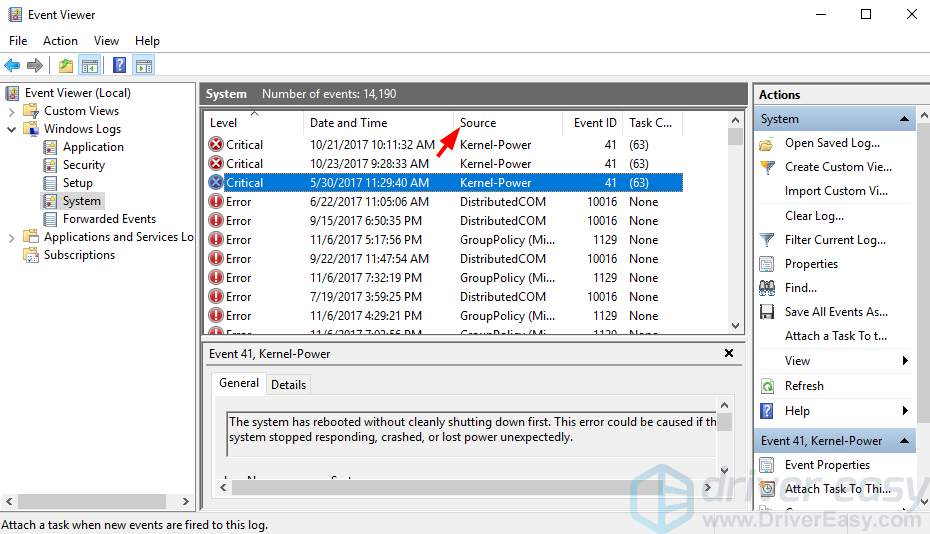
When you identify the driver that causes the problem, go ahead and update it.
How to update the driver
You can update the driver either manually or automatically:
Manual driver update – You can update the driver manually by going to the manufacturer’s website and searching for the most recent correct driver. If you don’t have the time, patience or computer skills to update your drivers manually, you can, instead, do it automatically with Driver Easy.
Automatic driver update – Driver Easy will automatically recognize your system and find the correct driver your PC needs. You don’t need to know exactly what system your computer is running or who the device’s manufacturer. Nor do you need to risk downloading and installing the wrong driver, and you don’t need to worry about making a mistake when installing. You can simply update all your drivers automatically with either the FREE or the Pro version of Driver Easy. But with the Pro version it takes just 2 clicks, and you get full support and a 30-day money back guarantee:
1) Download and install Driver Easy.
2) Run Driver Easy and click Scan Now. Driver Easy will then scan your computer and detect any problem drivers.
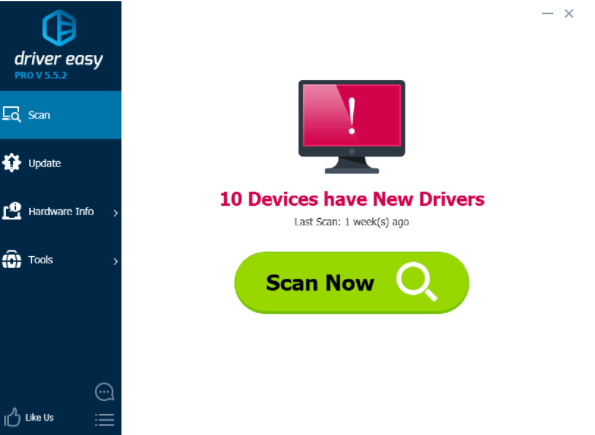
3) Click the Update button next to the device to automatically download and install the correct version of its driver (you can do this with the FREE version). Or click Update All to automatically download and install the correct version of all the drivers that are missing or out of date on your system (this requires the Pro version – you’ll be prompted to upgrade when you click Update All).
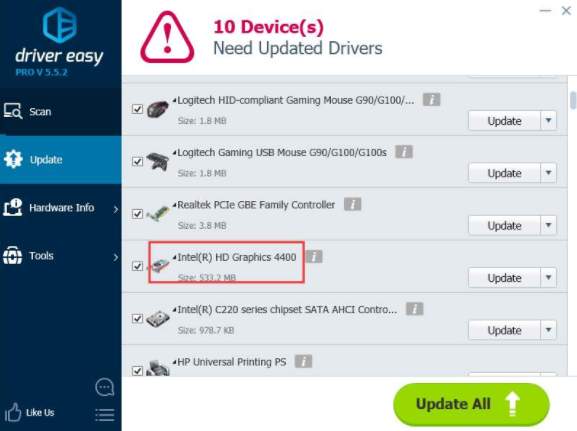
2: Check for BIOS update
The BIOS (Basic Input Output System) incompatibility, memory conflict or the IRQ (Interrupt Request) conflict can be the cause of the error as well. So you can try to update the BIOS if you know very well what you are to do.
You can go to the motherboard manufacturer’s website to check for the BIOS update. Before you head to the website, ensure you know the product name of the motherboard.
Here’s how you can find the model number of the motherboard:
1) On your keyboard, press the Windows Logo key and R key at the same time to invoke a run command.
2) Type cmd and press Enter.
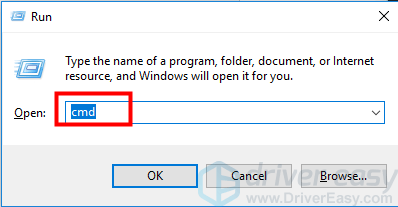
3) Type below command line or just copy and paste it to the command prompt. Then you’ll get the motherboard manufacturer and the model product number.
wmic baseboard get manufacturer, product
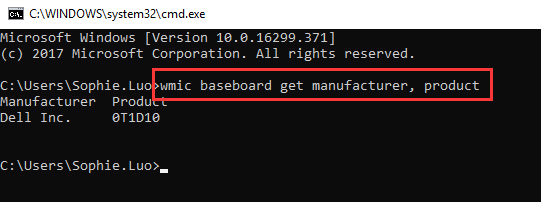
In the screen shot above, the manufacturer is Dell and the product number is 0T1D10.
Or, you can head to the computer manufacturer’s website if your computer is bought from a store, rather than build it by yourself. You can search for the computer model, and download the BIOS there.
BIOS file is either in .zip format or in .exe format. It’s little complicated to install the BIOS update.
Most of the case, manufacturers provide the installation instructions on their website. You can see them when you download the BIOS update. Just follow the instructions to install the BIOS. Here is an example of the instructions:
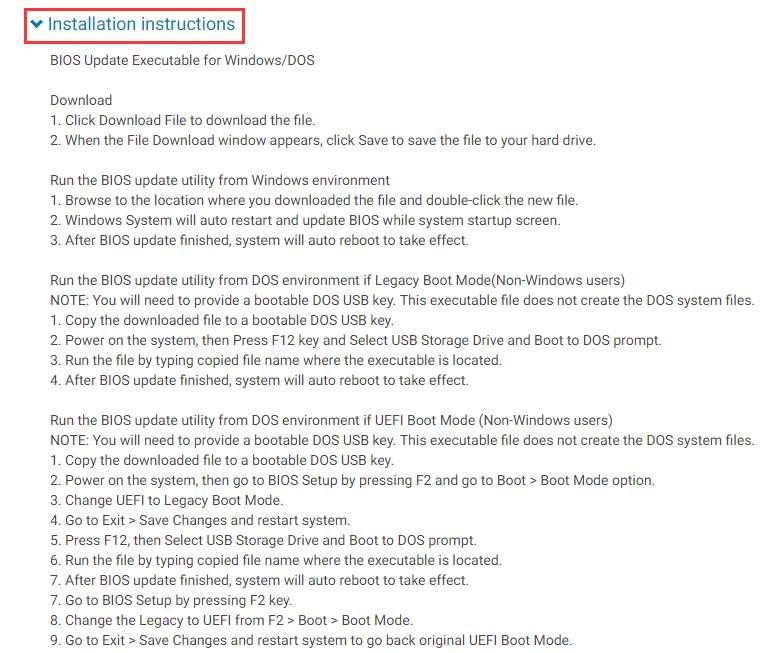
3: Check for hardware compatibility (Windows 10)
Incompatible hardware may also be the cause. In many cases, this blue screen of death error may happen if you just upgraded to Windows 10. So check to see if there is any incompatible hardware installed. You can get the information about required hardware at Windows 10 Specifications.
Hope the methods above help you fix your System Thread Exception Not Handled error. Feel free to comment if you have any suggestion or idea, we’re all ears.





